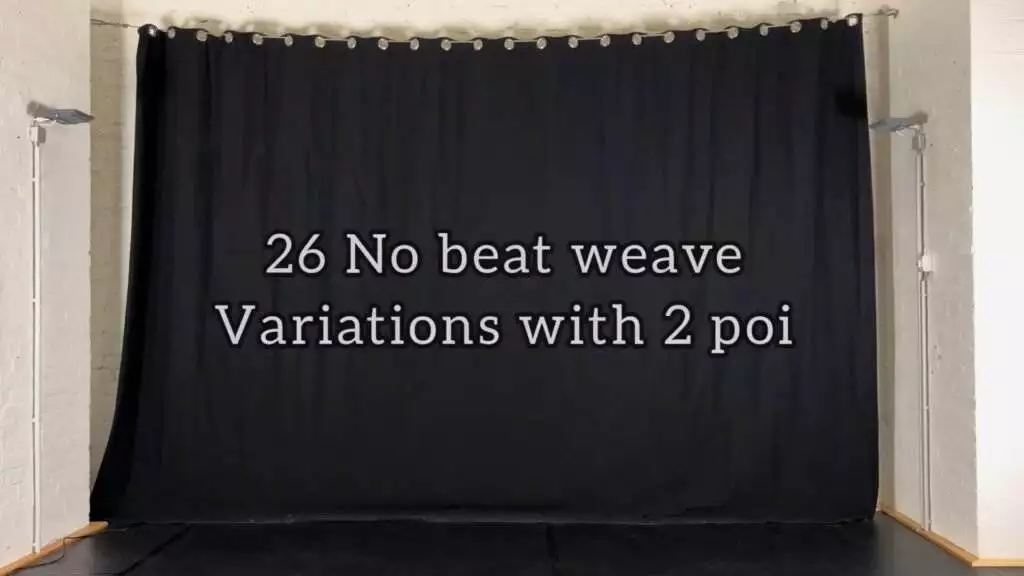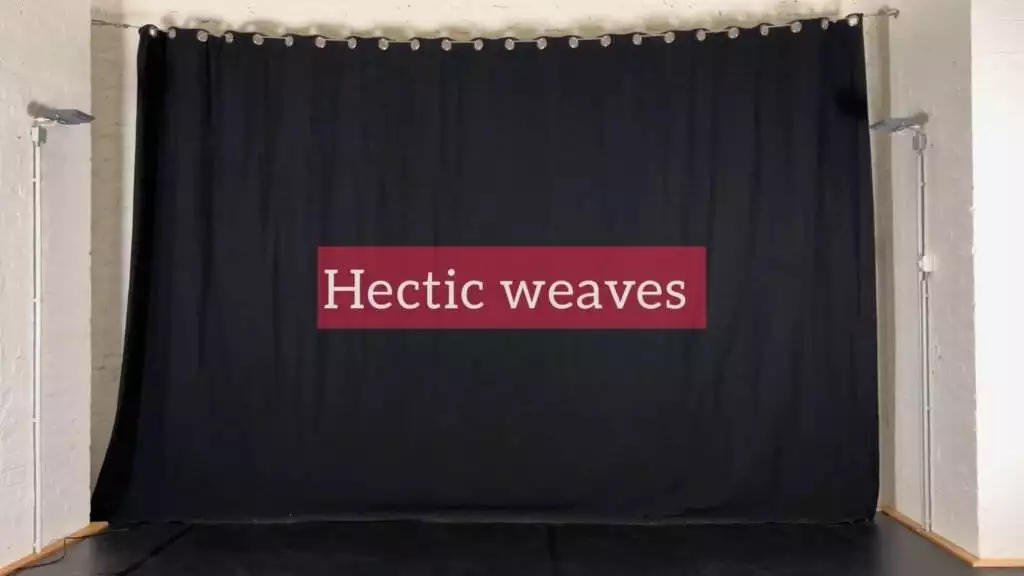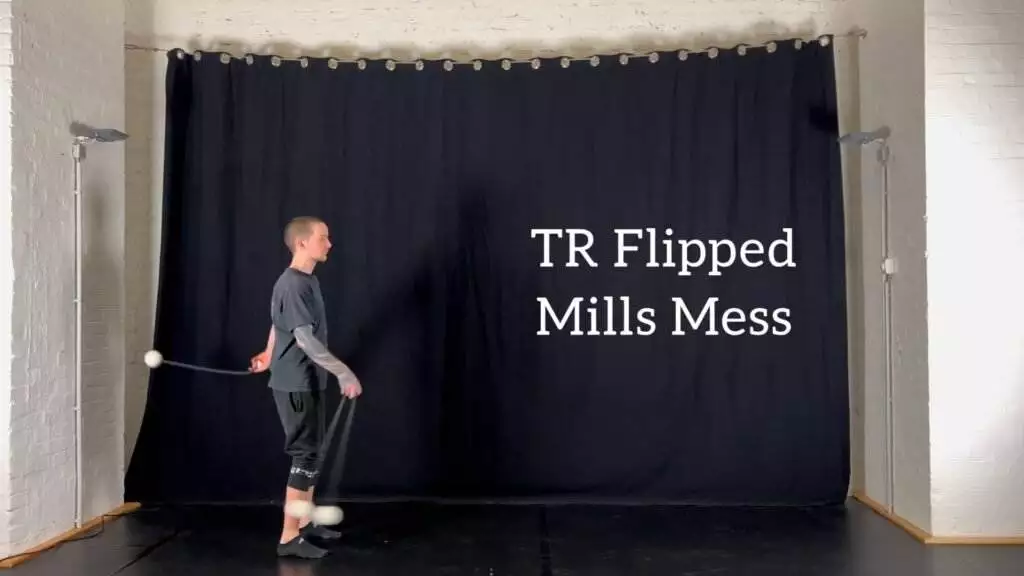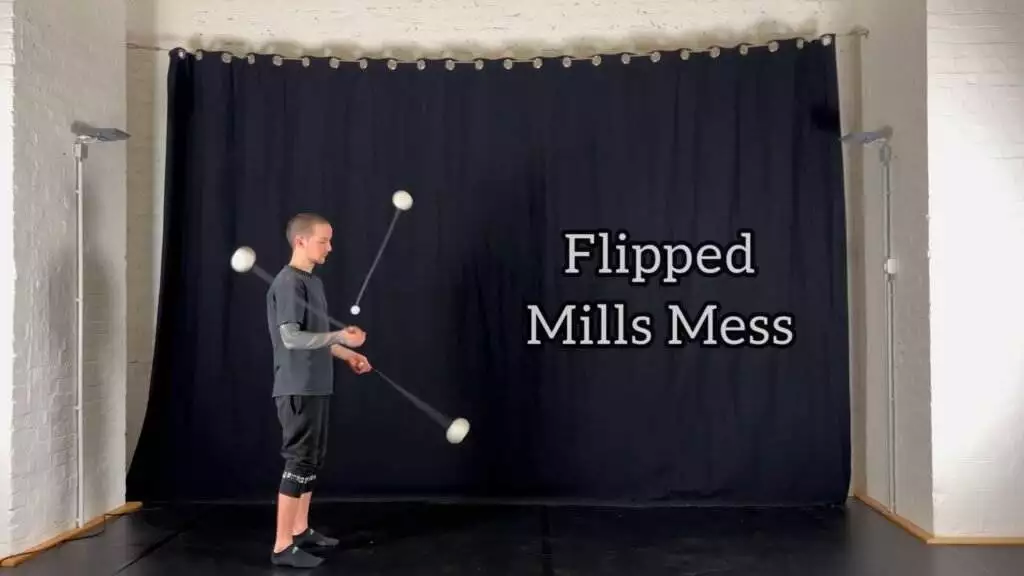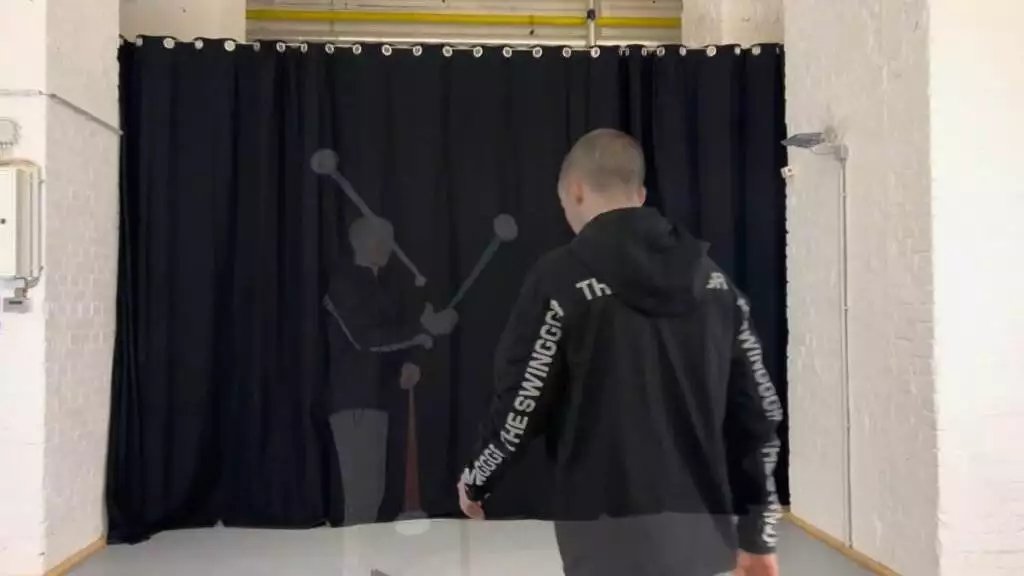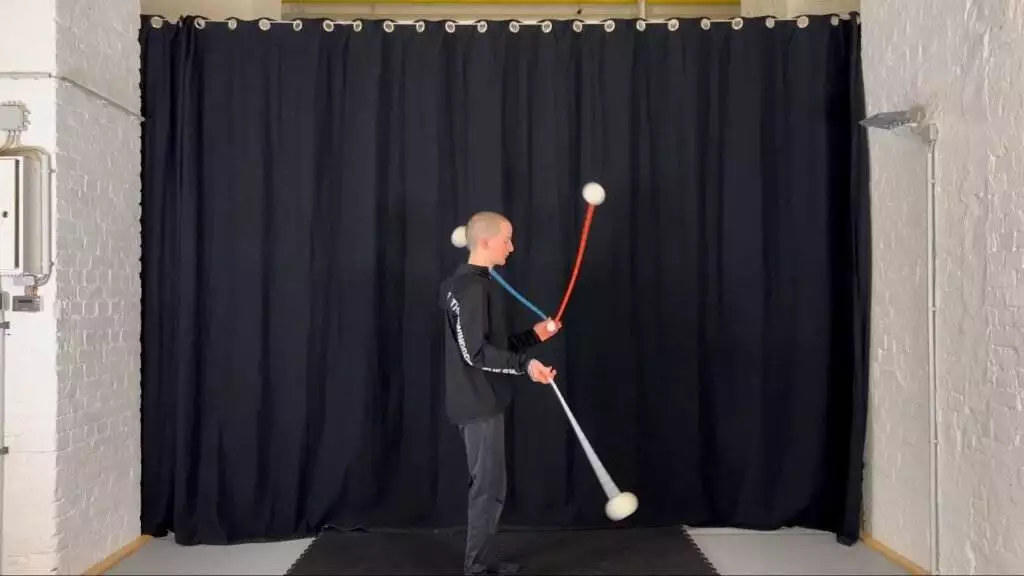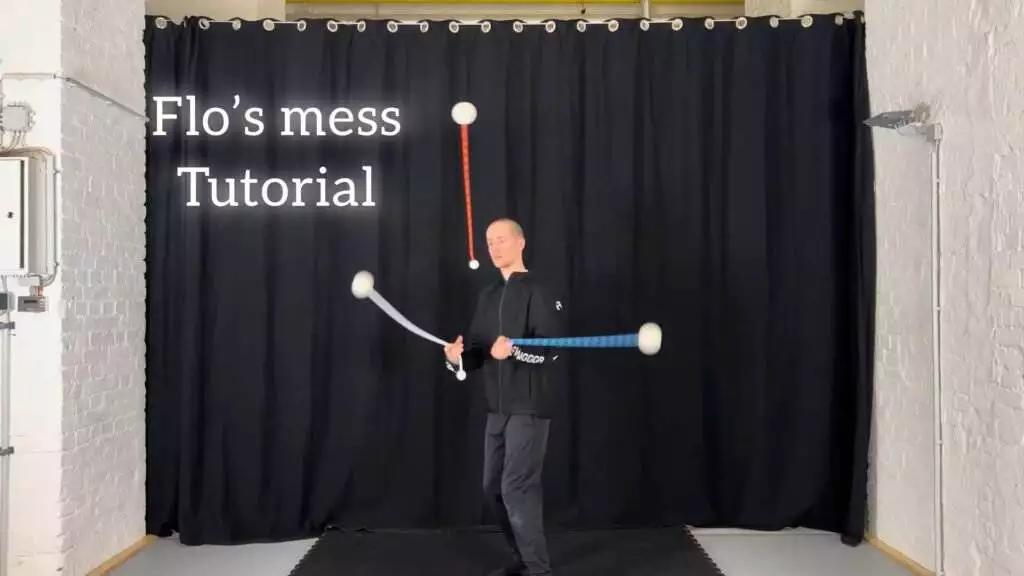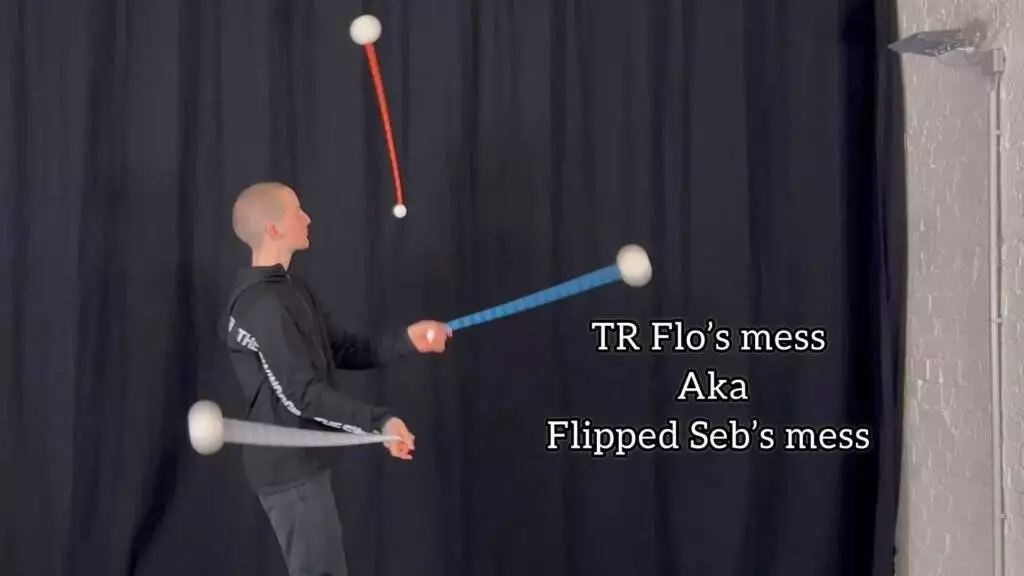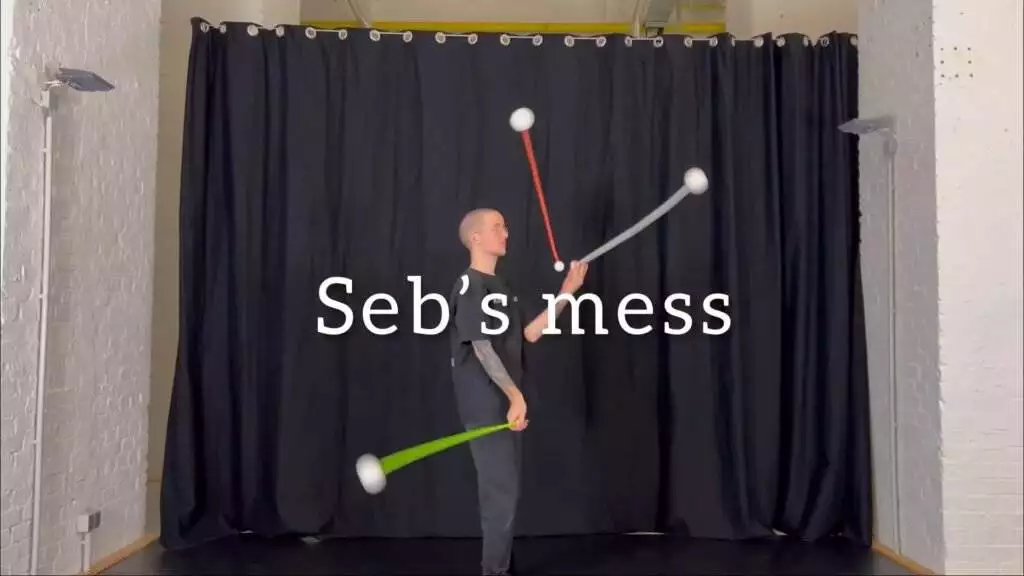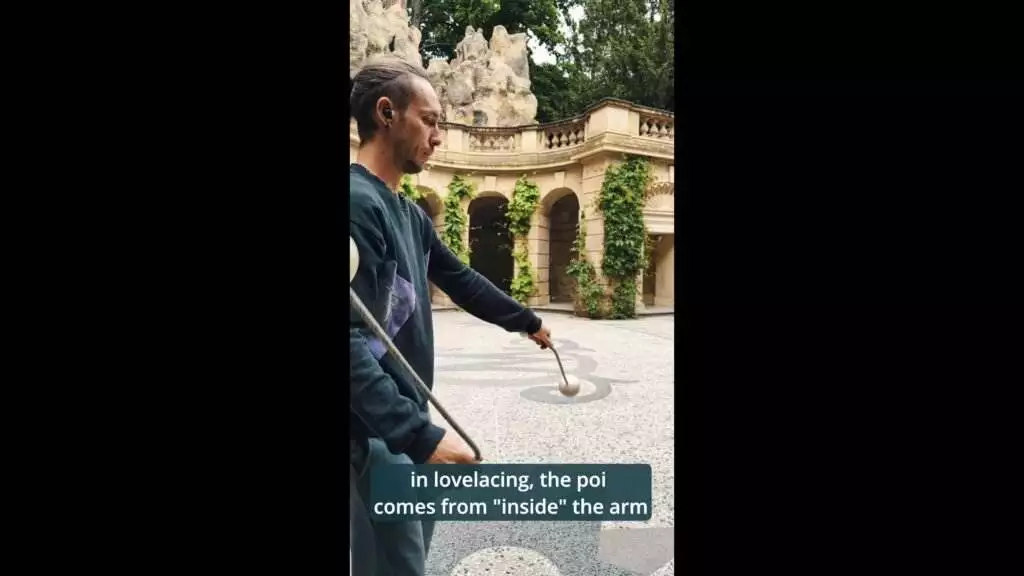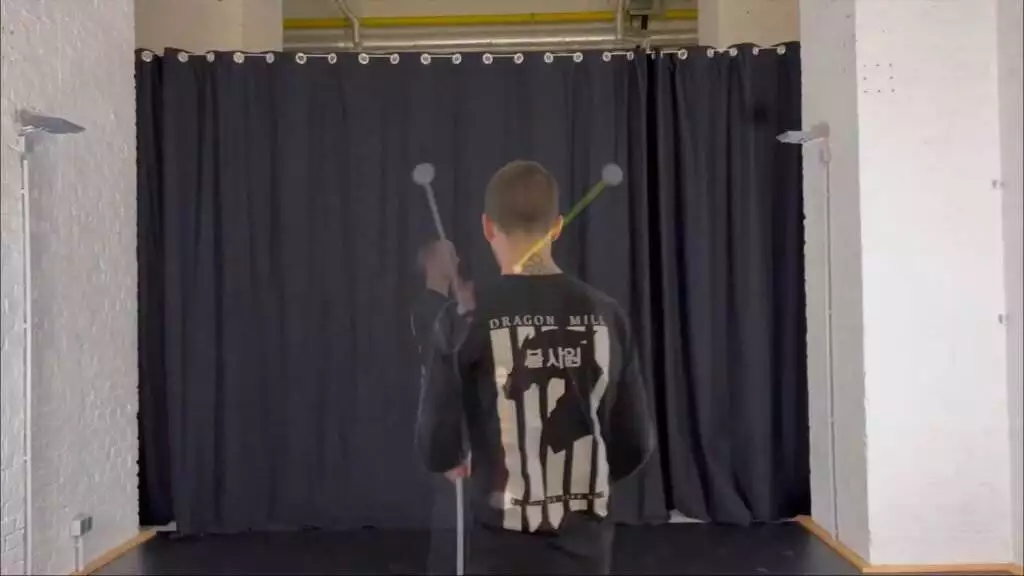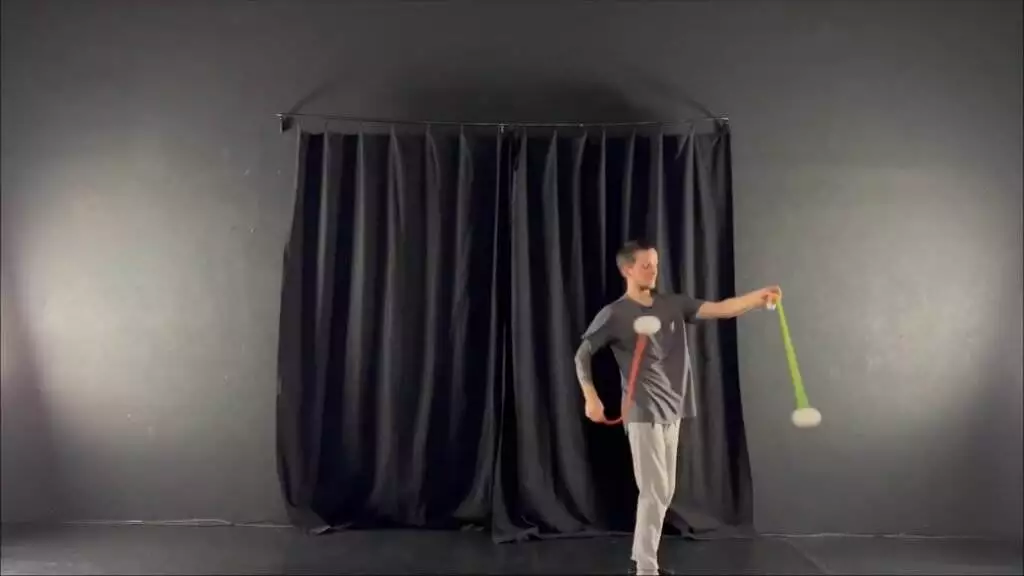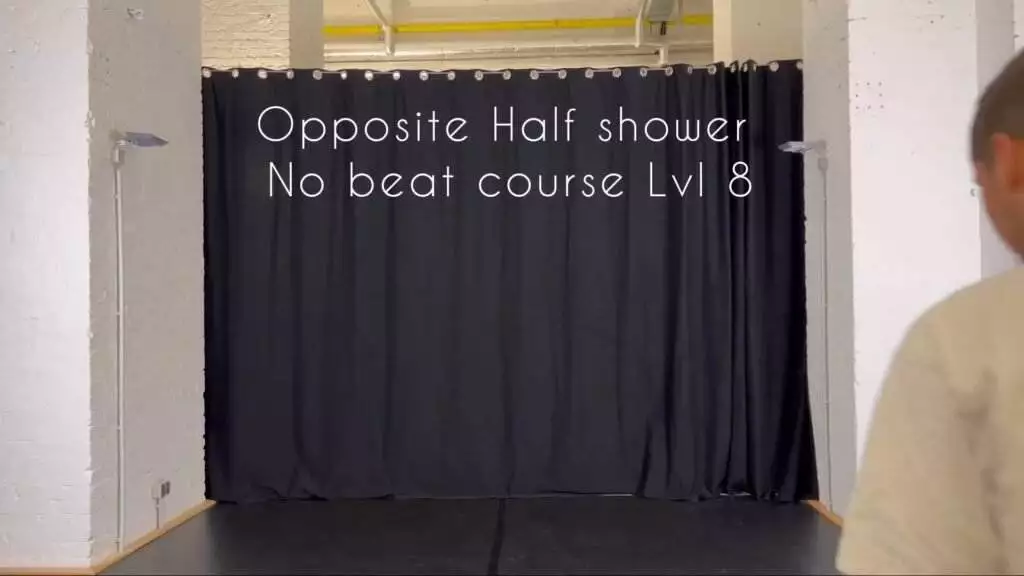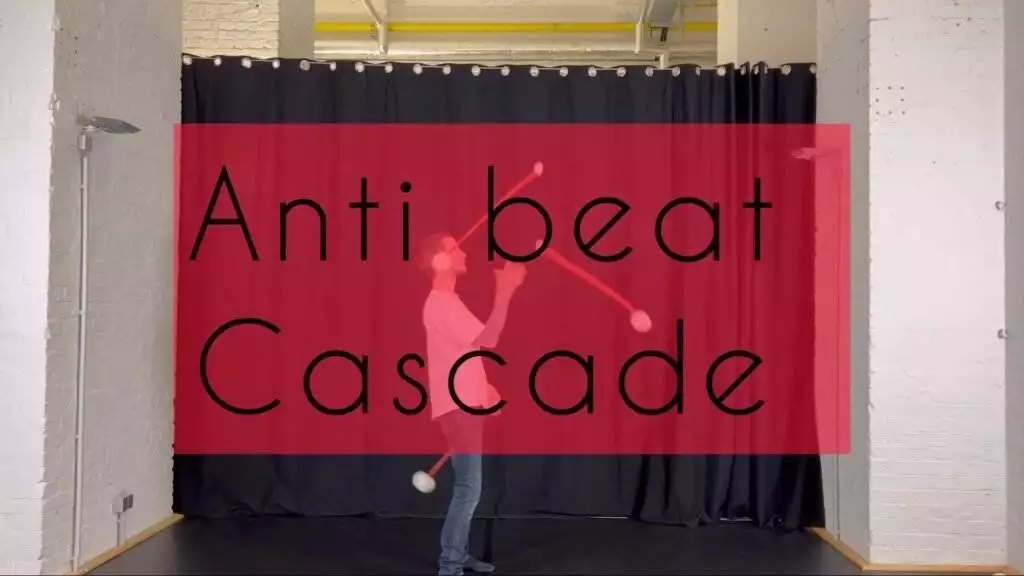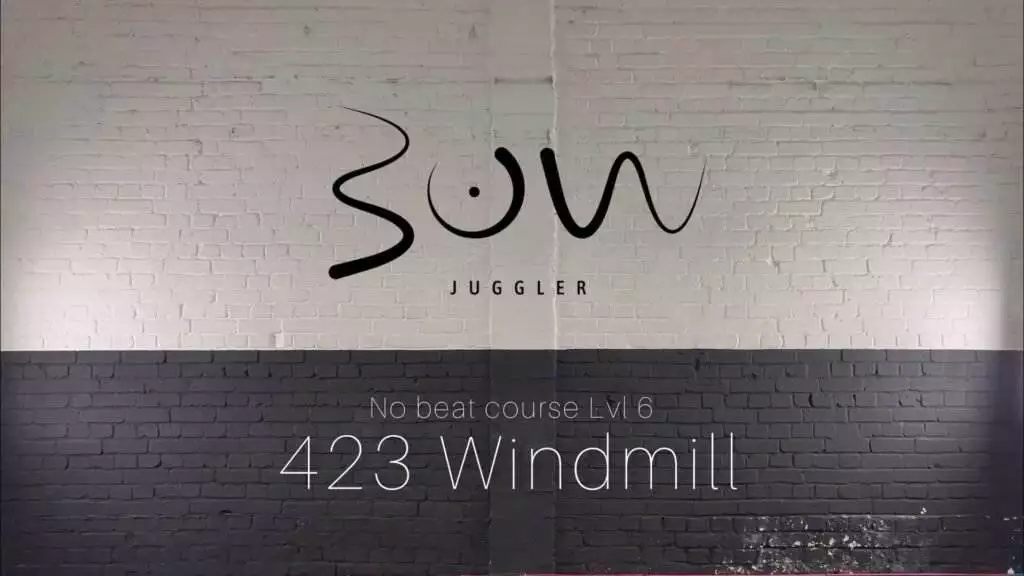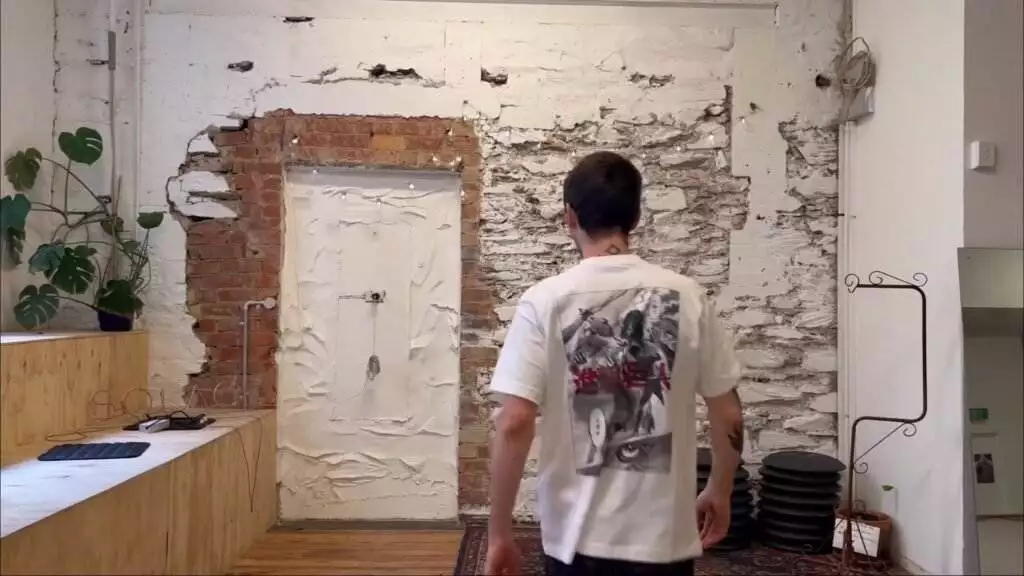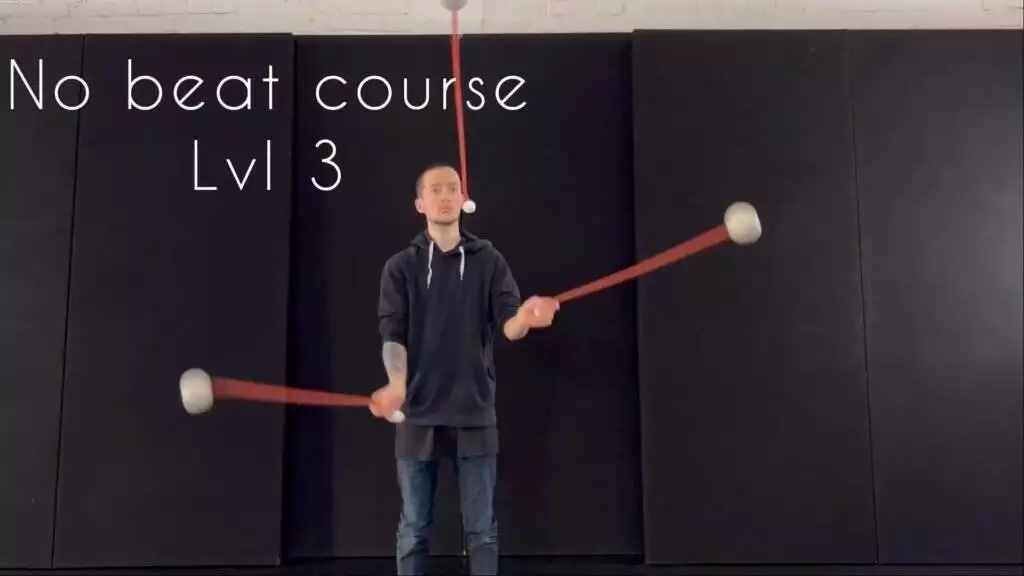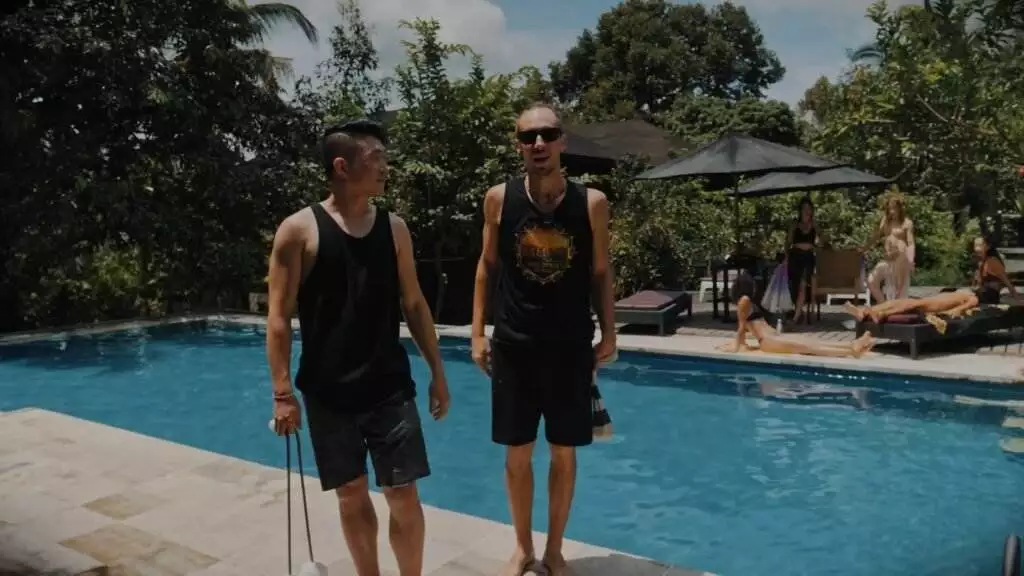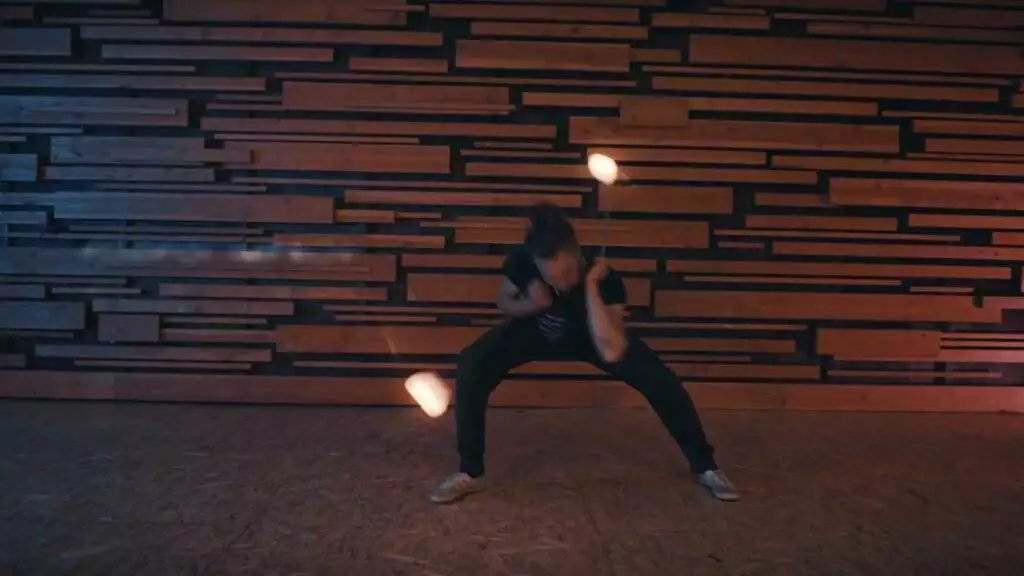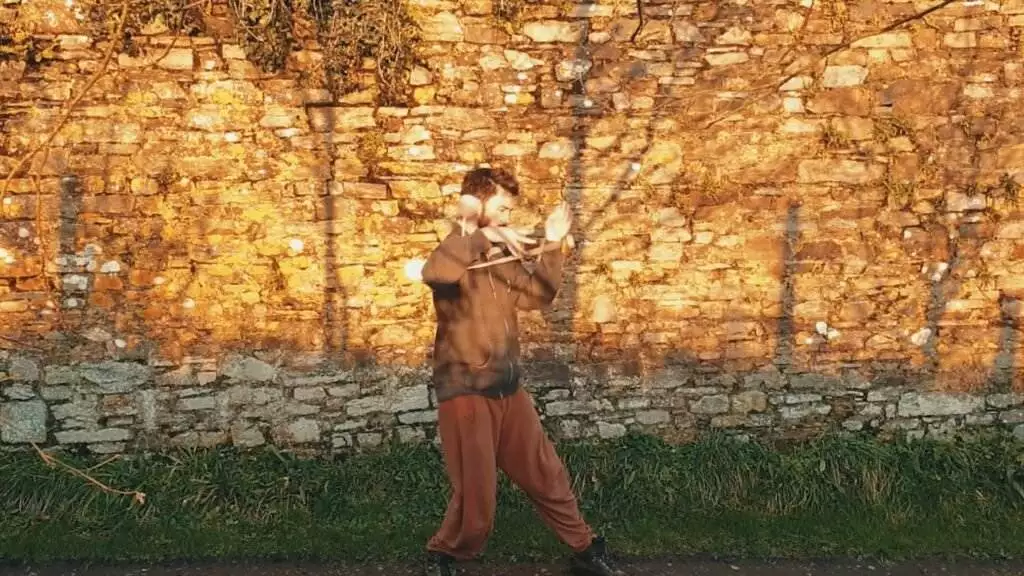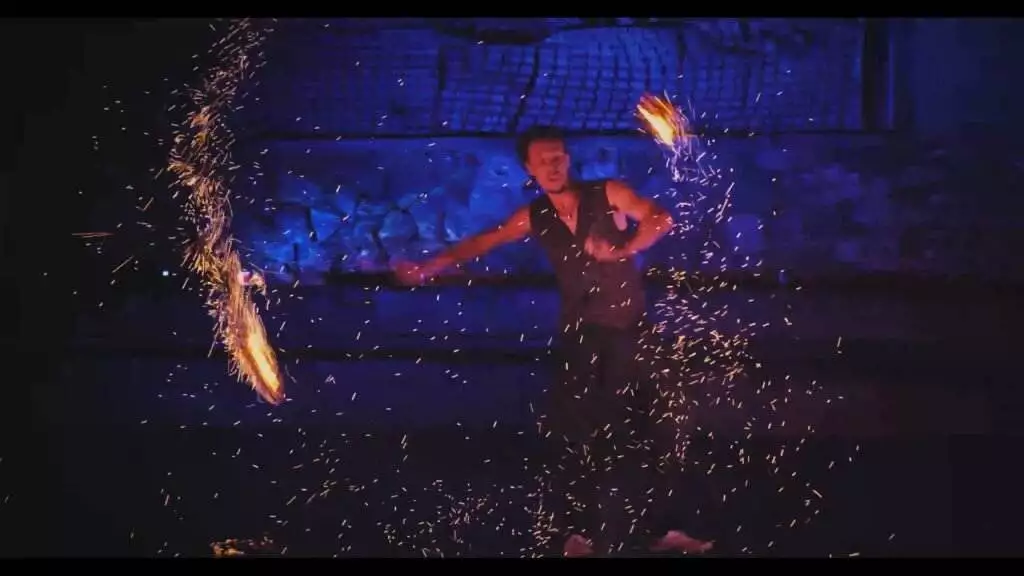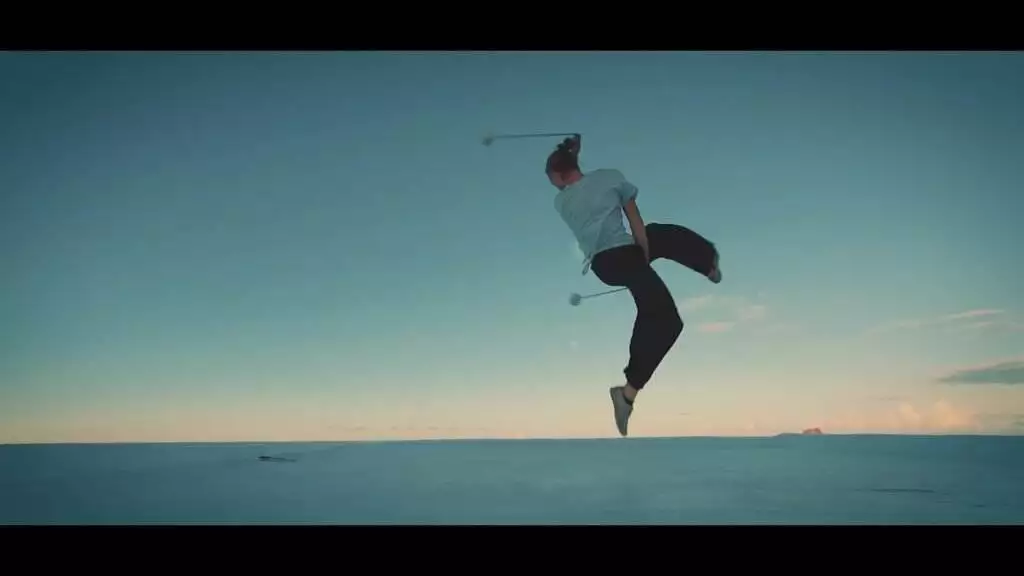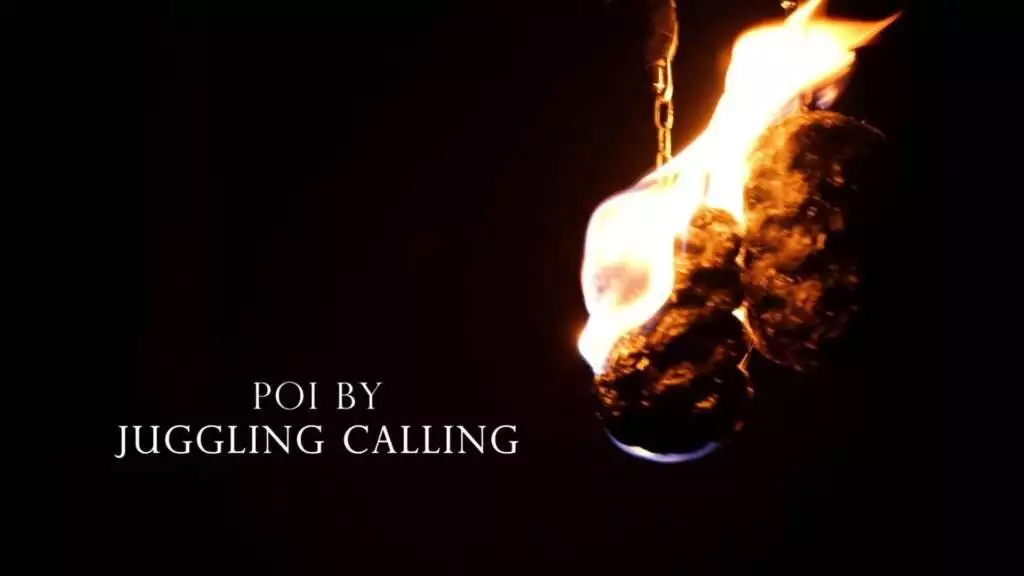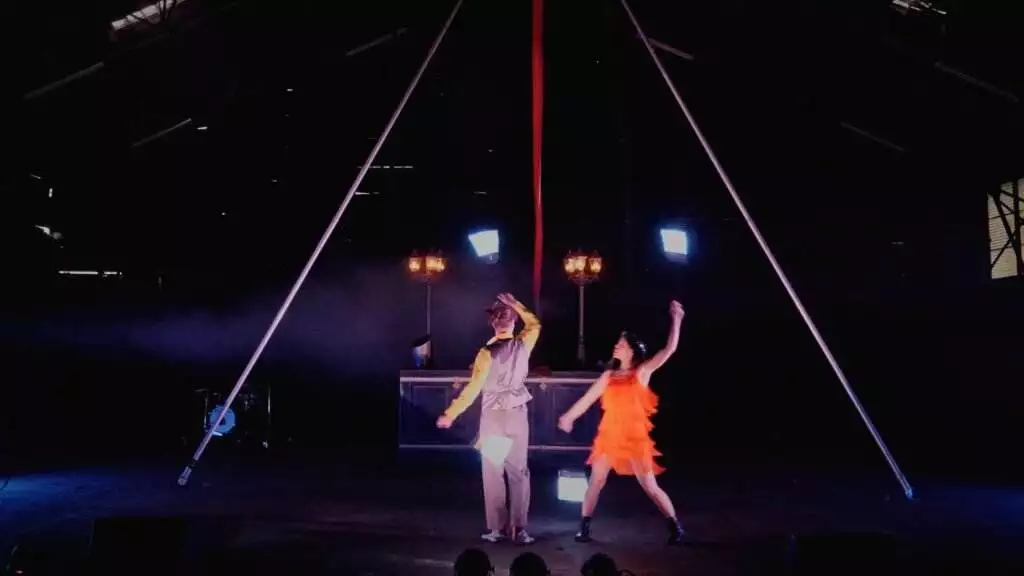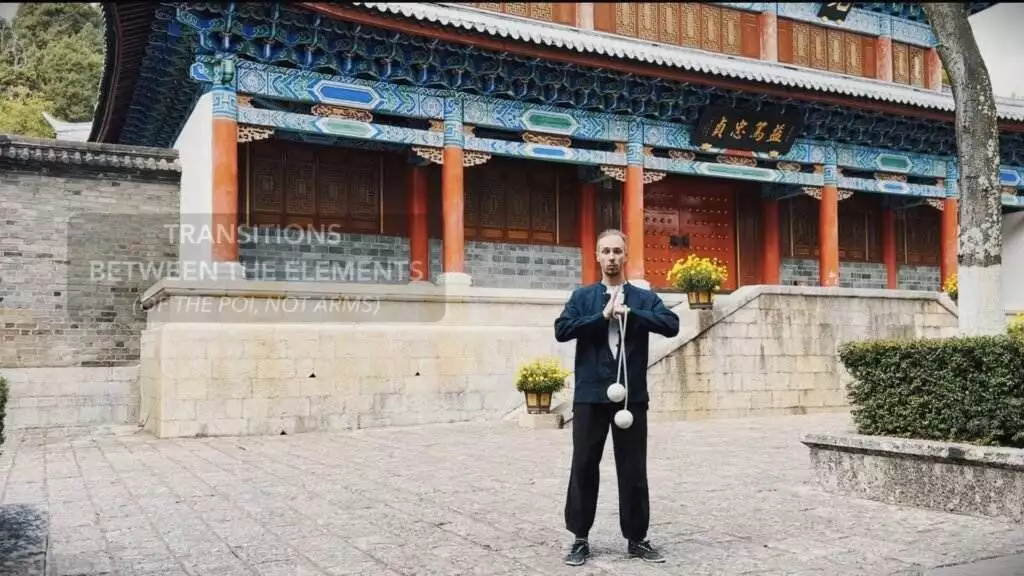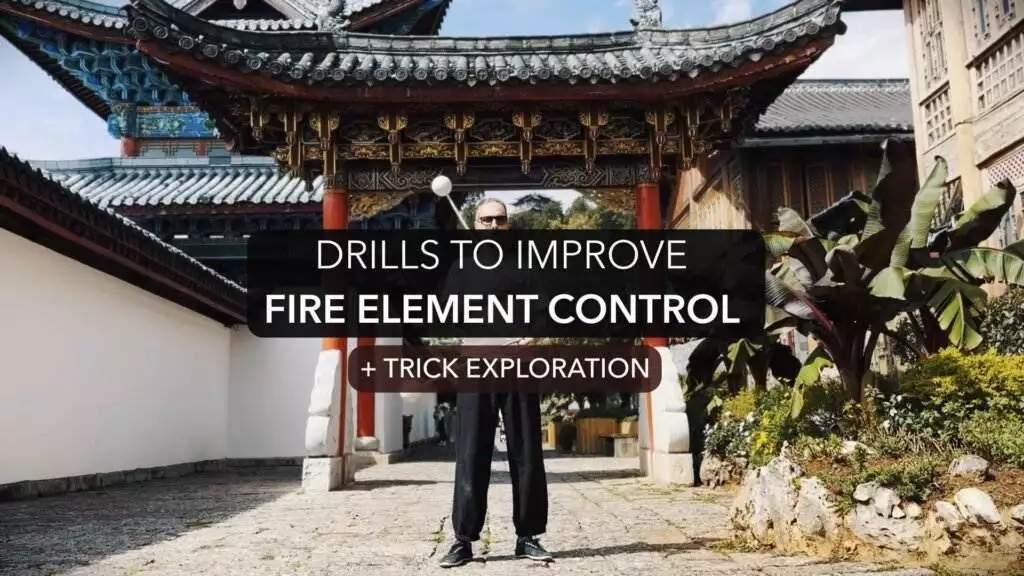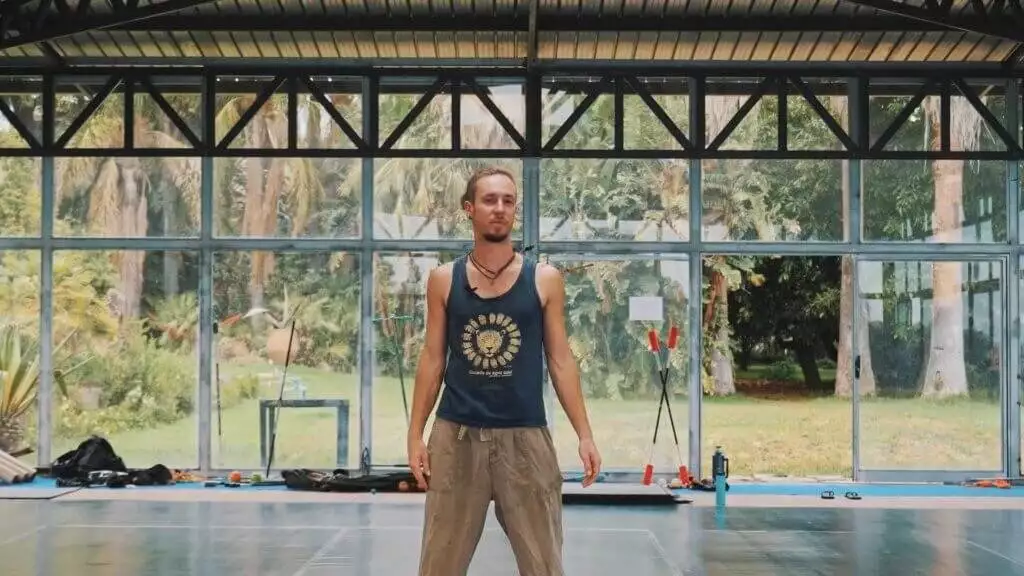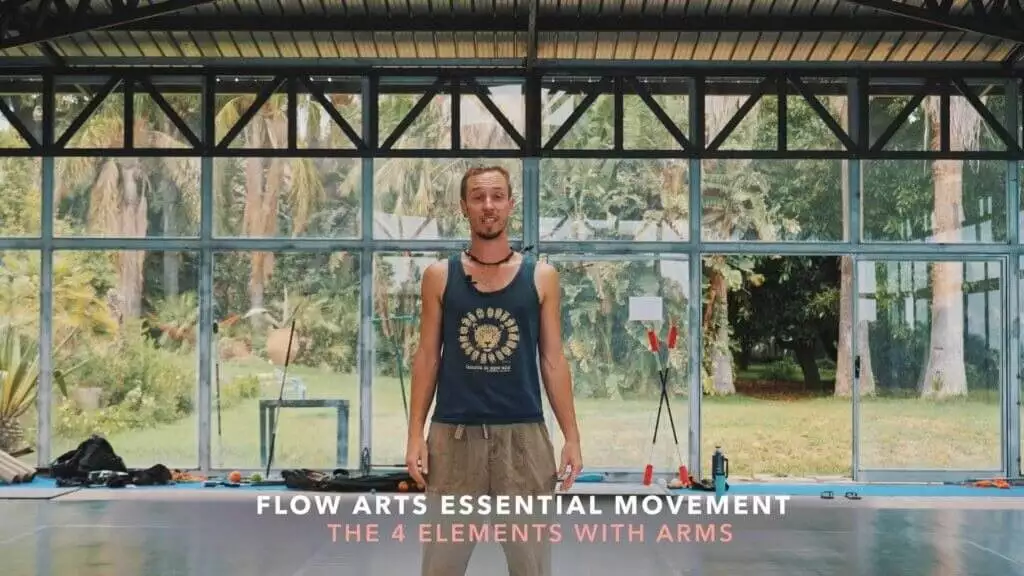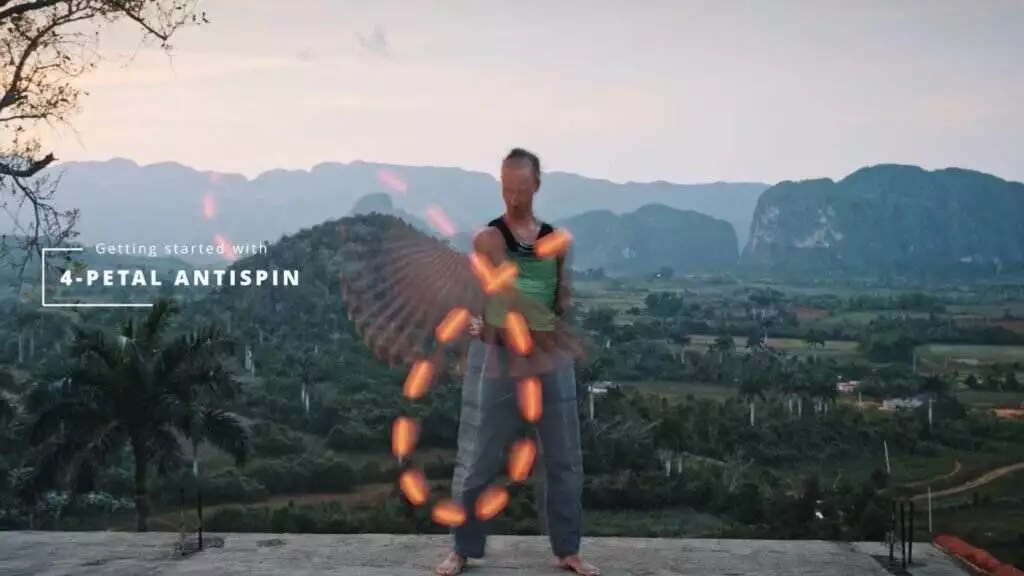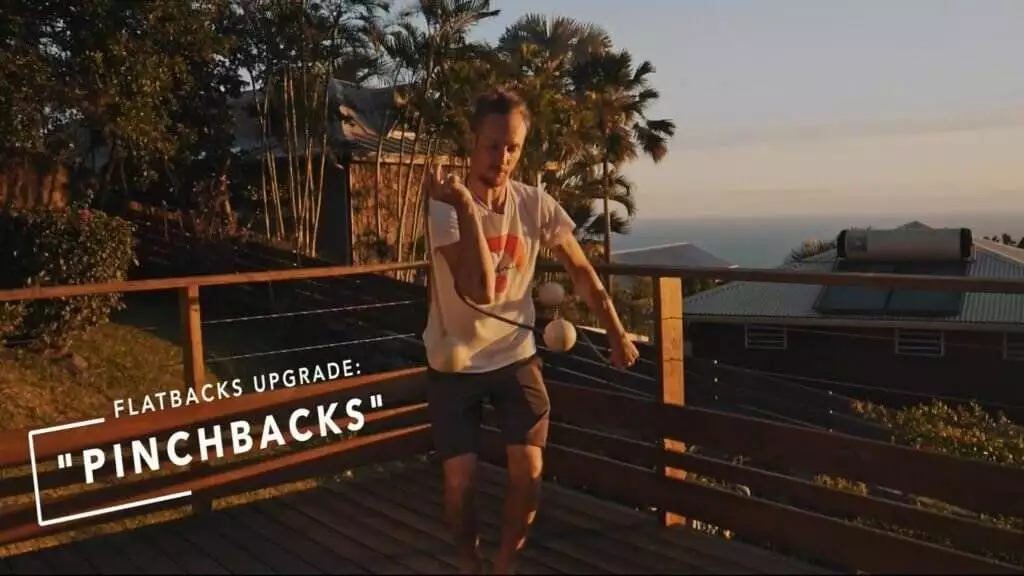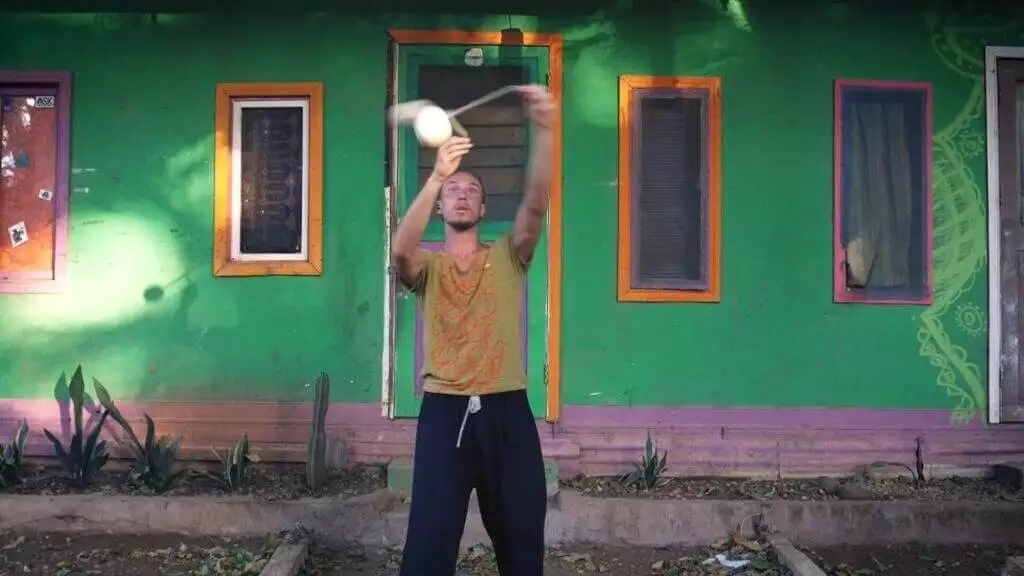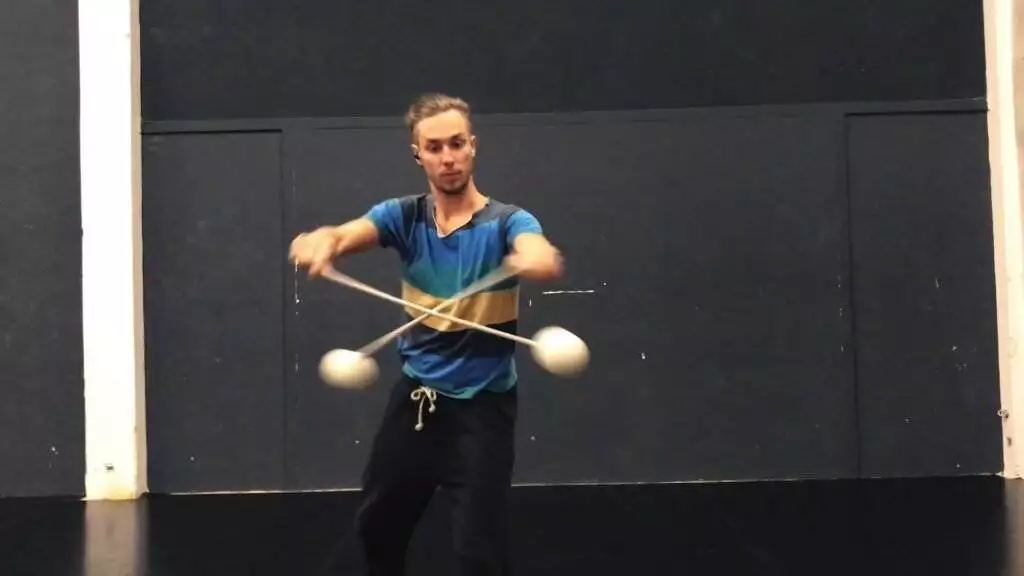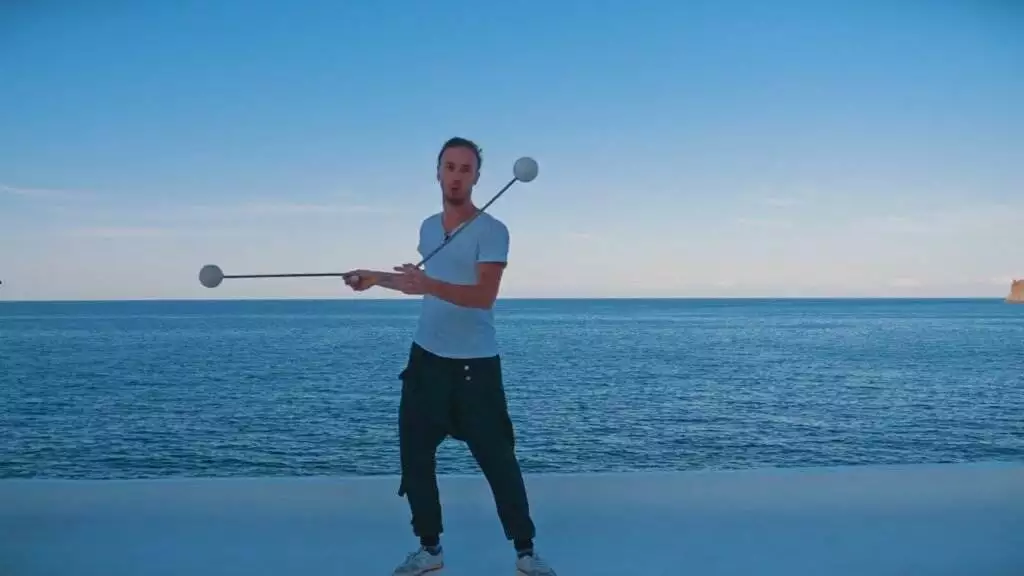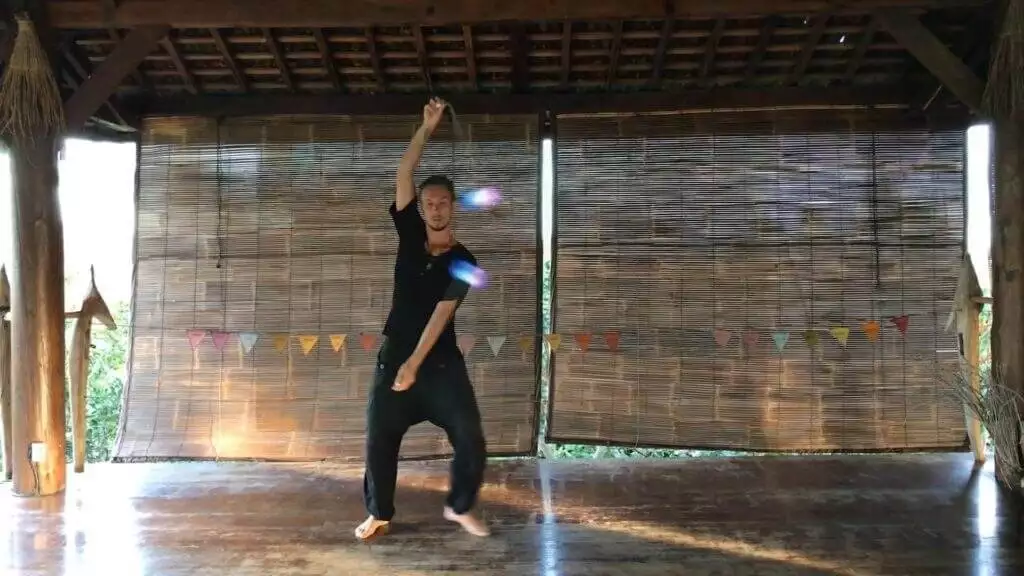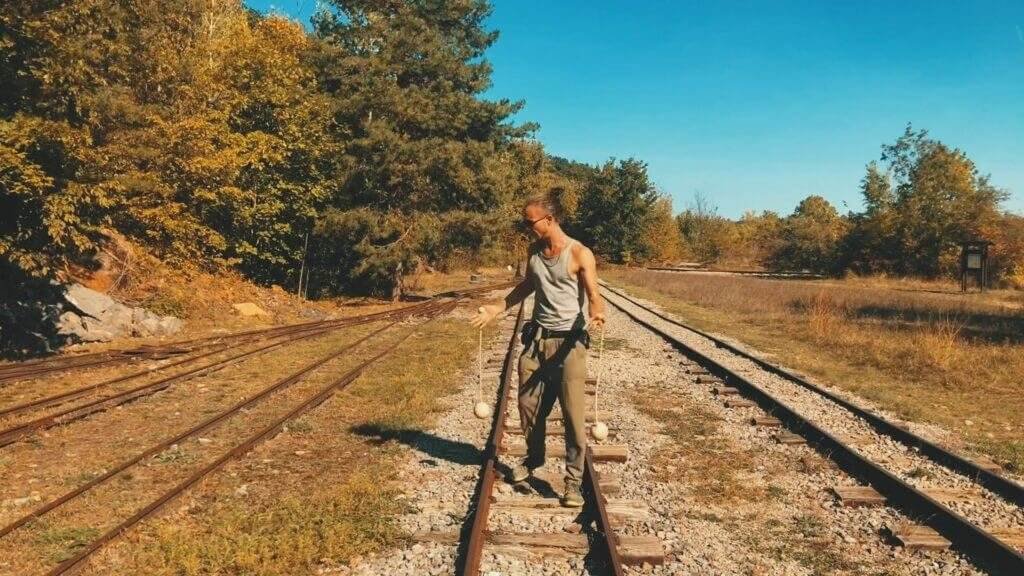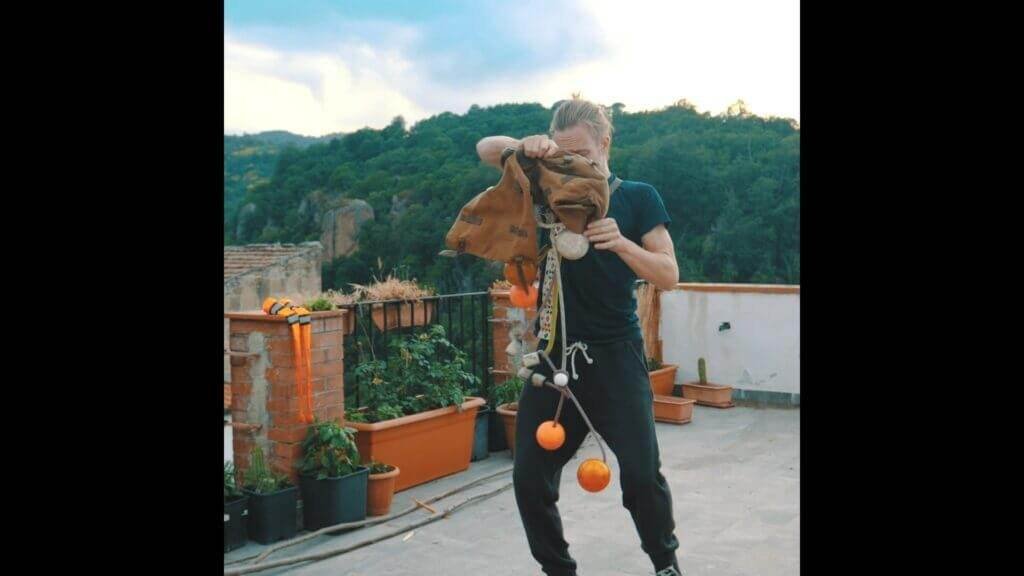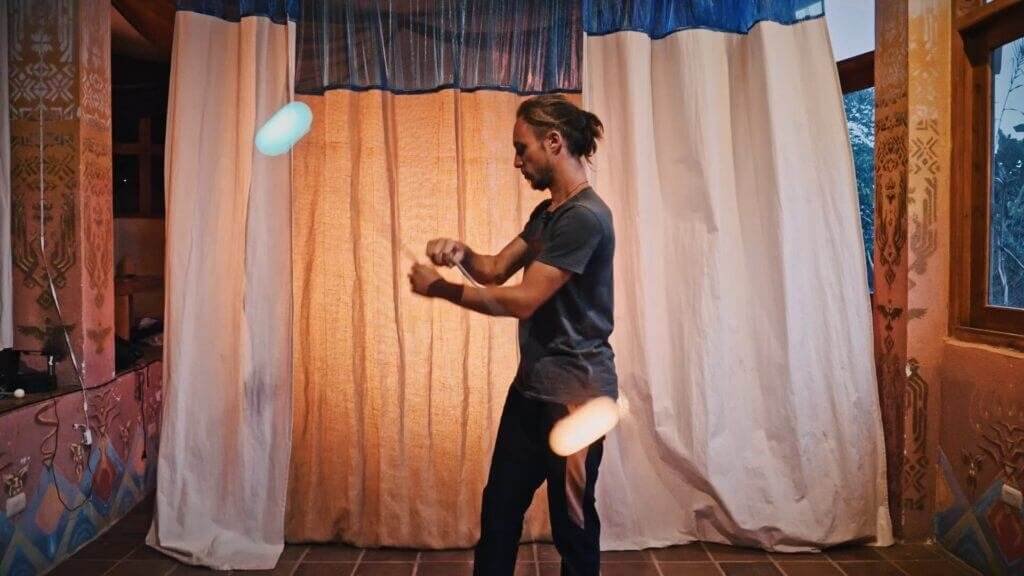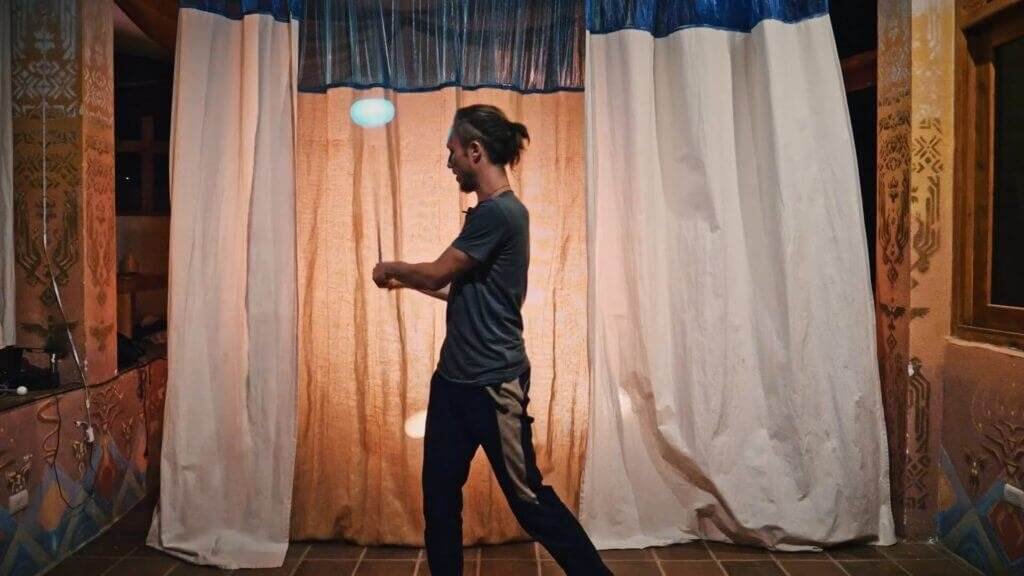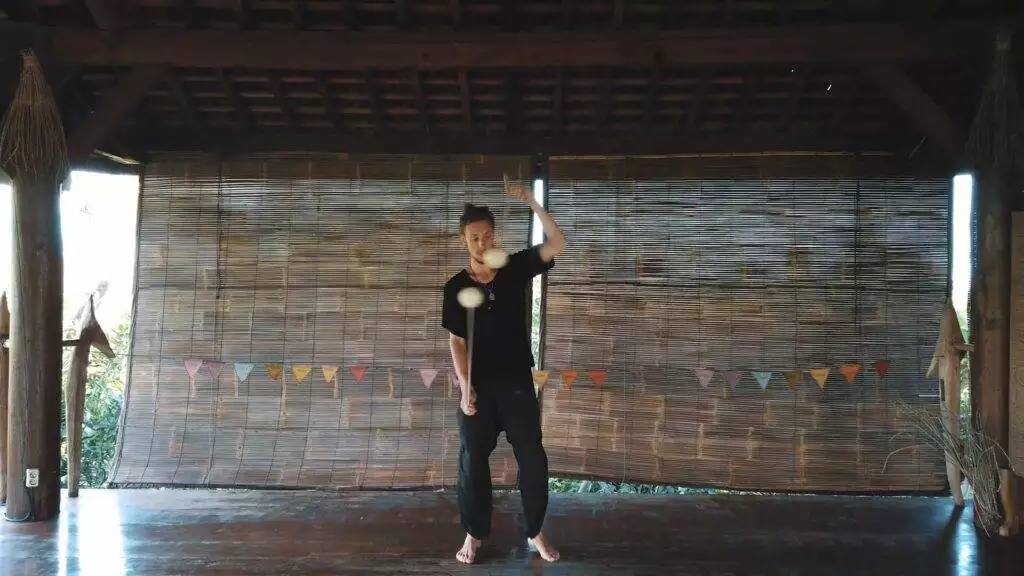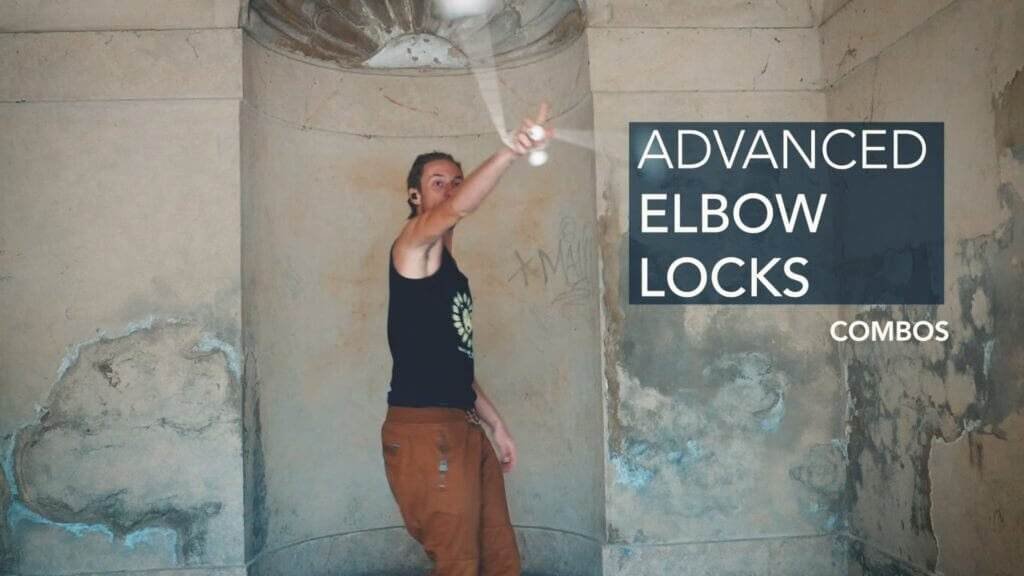Here’s a “how to make something” video. Many people are asking about charcoal poi – do you have to buy them online, if so, where, etc. I think you don’t need to buy some expensive charcoal poi, even though those that I’ve linked you to in my previous Charcoal poi video are pretty good, I finally had a chance to try them – however, they won’t last forever, and if you use it often, it’ll get very expensive. Making your own will probably cost you somewhere around 40usd including the new magic prop that I have discovered: the Hog ring Fastener (or Hog Ring Pliers) If you don’t have it (which I believe you don’t as it’s a super random thing to have) you can buy it in some hardware store for sure, but if you don’t want to buy it, you can also simply stitch it manually with a wire (you’ll understand how after watching the video). This video doesn’t include info on how to fill it and heat them up, however, that is so simple that it can be described in a few sentences: for the best effect, you should use the fast-igniting / quick light Shisha charcoal (here’s an example) there are plenty of brands, but most of them are round and sold in sausage-like packets. Do not use the coconut charcoal, that doesn’t work very well in my experience. The special thing about this charcoal is that it ignites super fast, and does a really nice effect – throws small sparks that sort of explode like fireworks when spun fast to heat it up, simply take some metal pot or an old pan, or some kind of bowl or compartment in which you can make fire and put the poi on it. You only need to make the fire under it – the best is to put a little bit of toilet paper or cotton fabric and pour some fuel in it. After 3 minutes of being in fire, the charcoal is ready what looks the best is when you spin it fast, and when you do a stall on the ground – which makes those nuclear-bomb-like explosions. Therefore, no need to have extremely big poi – make sure they aren’t too heavy so you can spin comfortably and with the possibility to do fast, contrast movement Do you need to cover yourself? You might want to for your own comfort, but the worst risk is hitting yourself and getting scratched by the wire. The sparks themselves aren’t as hot as they look like. However, don’t be barefoot! Stepping on bigger pieces of charcoal on the ground is far worse than walking on hot coal! Your hair won’t catch on fire either, but again, until you feel comfortable with being in a cloud of sparks, having something on your head is good. Any more questions? Write it in the comments.

